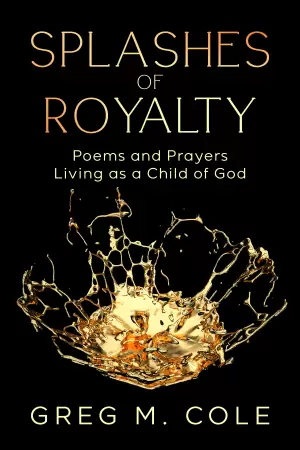Firekeeper’s Daughter: A Journey of Identity and Intrigue
When I first stumbled upon Firekeeper’s Daughter by Angeline Boulley, I felt that familiar spark of excitement that accompanies the discovery of a book with buzzworthy acclaim—especially one championing Native voices and exploring complex themes. Its stunning cover and glowing endorsements drew me in, promising a blend of mystery, romance, and cultural richness. Yet, despite my hopes, I can’t help but echo that initial enthusiasm with a sense of frustration. While it’s a book that I didn’t hate, it certainly challenged my expectations and left me grappling with some inconsistencies.
At the heart of the story lies eighteen-year-old Daunis, navigating the choppy waters of identity as the biracial daughter of a white mother and Ojibwe father. Her unique position evokes empathy, as she grapples with feeling like an outsider within her communities. Boulley expertly captures the intricacies of Ojibwe traditions, weaving in cultural references and terms that bring Daunis’ world to life. I found the celebration of her heritage deeply resonant, especially the way it showcases pride in Ojibwe identity amidst the backdrop of contemporary issues like substance abuse and colonial aftermath.
However, it is exactly this vibrant backdrop that sets the stage for some of my gripes with the story. Daunis, portrayed as the quintessential "Not Like Other Girls," often felt less like a fully fleshed-out character and more like a trope. Sure, she’s smart, athletic, and unwilling to conform to societal expectations, but her disdain for “Other Girls” struck a jarring note with me. The narrative seemed to elevate her uniqueness at the expense of shaming those who don’t fit her mold. As someone tired of the recurring ‘heroine vs. the Other Girls’ trope, I found it frustrating that her intelligence and strength often came wrapped in judgments that felt outdated and overly simplistic.
Boulley’s writing is engaging, but I often found a dissonance between Daunis’ youthful voice and the grave realities she faced, from murder to drug trafficking. Moments that required gravity felt undermined by her playful “Secret Squirrel” terminology, which seemed more suited for a middle-grade read rather than the heavy subject matter at hand. Coupling that narrative levity with serious life and death stakes created an odd whiplash effect that pulled me from the story when I wanted to be deeply immersed.
While the romantic subplot introduced a handsome, enigmatic love interest, I couldn’t shake the sense of his generic YA trope-ness. The chemistry felt rushed, leaning into the territory of insta-love, and lacked the emotional depth I craved. Additionally, Daunis’ familial relationships felt underdeveloped, which left me longing for a deeper exploration of her connection to her parents, especially the complexities surrounding her late father.
Despite these critiques, Firekeeper’s Daughter offers a tapestry of cultural insights and presents issues faced by Indigenous communities in a respectful manner. It’s clear that Boulley has a passion for her heritage, and it shines through in many of the passages celebrating Ojibwe culture.
This book might resonate more strongly with younger readers or those who cherish narratives focused on identity and self-discovery. Readers looking for a compelling mystery will appreciate the FBI subplot, albeit it with a sprinkle of predictability.
In conclusion, while Firekeeper’s Daughter might have left me wanting in certain areas, it’s undeniably a debut with heart. I would encourage readers—especially those interested in Indigenous narratives—to explore it and form their own opinions, perhaps checking out more positive reviews from #ownvoices reviewers like Brandann Hill-Mann. As I reflect on my reading experience, I find myself still intrigued by the cultural threads woven throughout, even if the overall narrative didn’t fully resonate with me.















